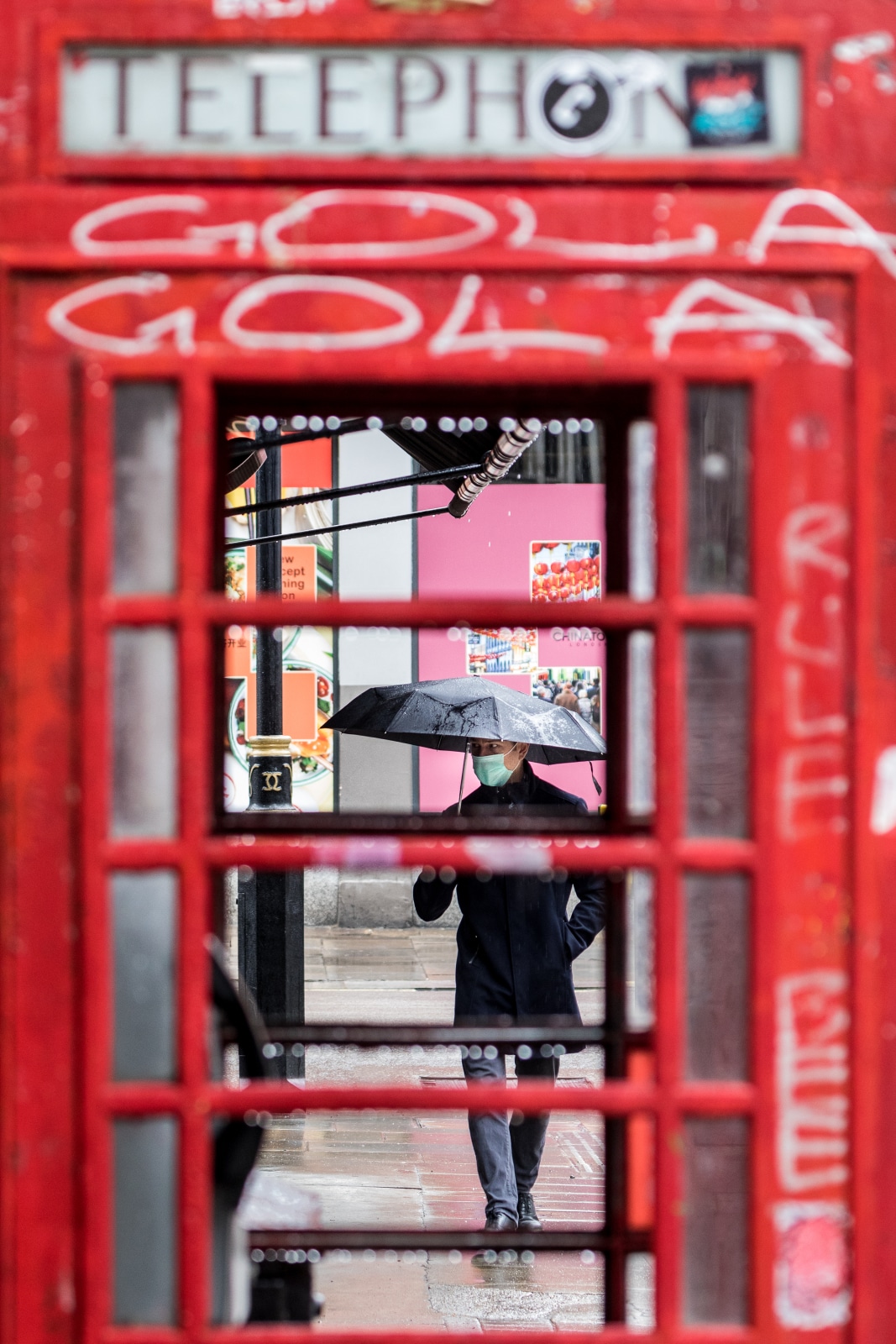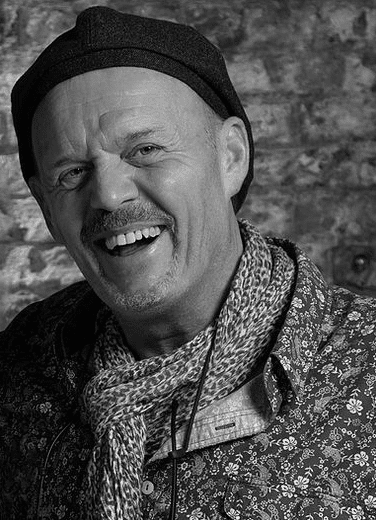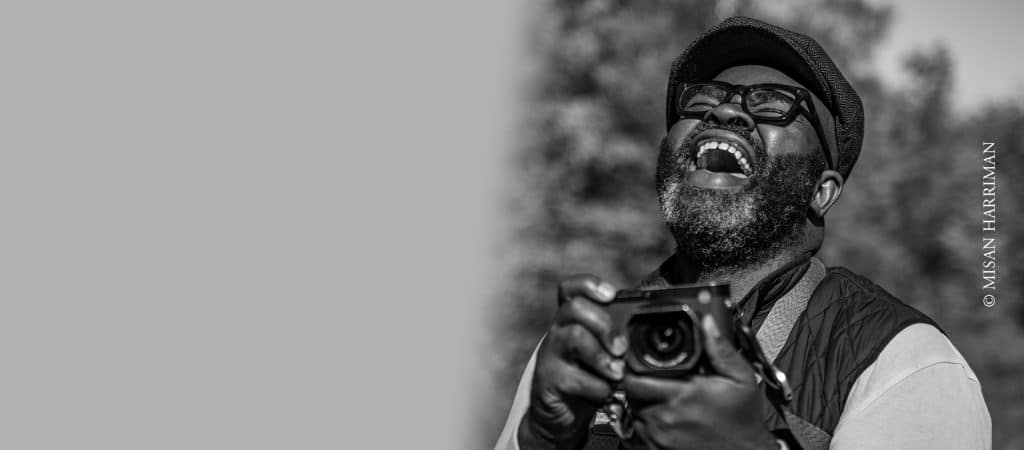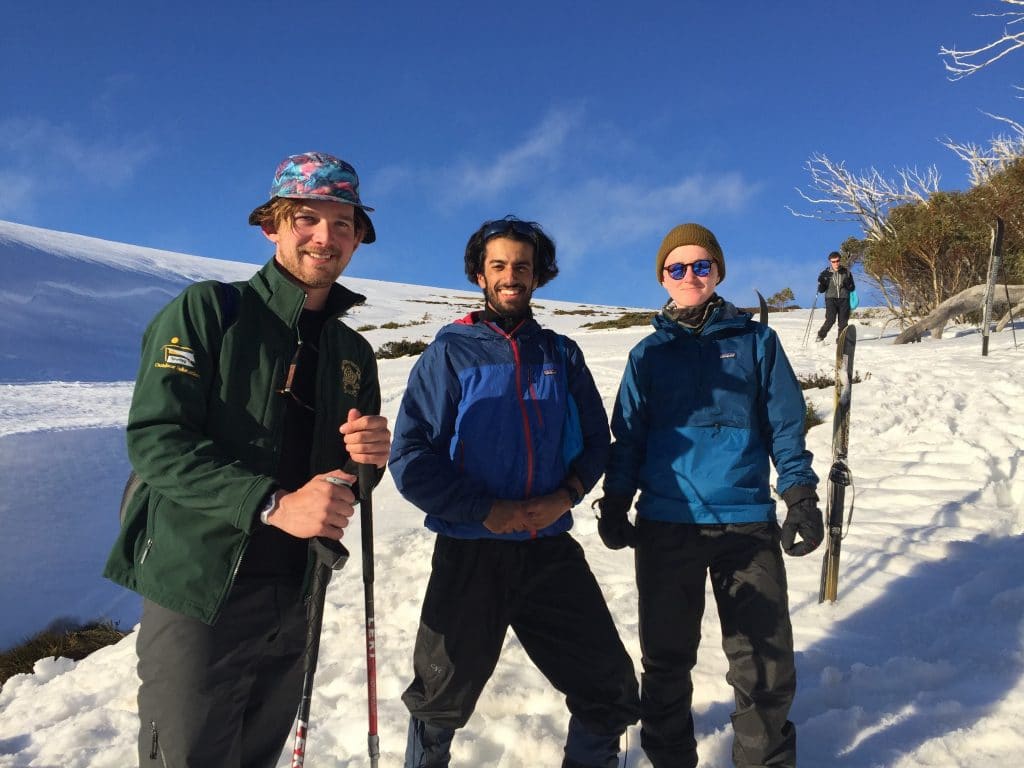Another occupant of the street has been patiently waiting for someone, anyone, to appear. Everything comes together in that moment and, seeing the lone man framed by the vibrant red of an old phone box, photographer Tony Brown (G 77-81) presses the shutter.
“It was odd and upsetting seeing the capital so empty,” says the Old Bradfieldian, “but I battled through the rain and eventually spotted the heavily graffitied phone box. I knew it would make a great frame for a shot. I waited nearly half an hour before someone came in to view, luckily the man coming towards me fitted my shot perfectly, and, with rain-soaked hands, I managed to get six or seven shots of him in the short time available.”
THAT’S WHAT I LOVE ABOUT PHOTOGRAPHY; WHEN MOMENTS COME TOGETHER.
Months later, that photo was shortlisted as one of ten finalists from over 5000 global entries in the prestigious Production Paradise Spotlight Awards. It’s a spectacular image, encapsulating the mood of a nation coming to grips with the unknown.
“I felt compelled to do something positive and at the same time explore just how deserted things were,” says Tony, discussing his Soho in Lockdown photo series which he shot as Britain shuddered to a halt during the first wave on the pandemic. “That’s what I love about photography; when moments come together and you just know that the composition and the expression is right. I was hoping to capture the emptiness and eeriness of Soho, so I deliberately chose to shoot when the weather was terrible. The grey skies and general misery perfectly framed the subject matter.”
I CAPTURED A WOMAN WEARING GAS MASK AND BRIGHT YELLOW WELLINGTON BOOTS.
Tony had spent the day scouting out possible locations to shoot from, surrounded by a near-apocalyptic vision of boarded up shops and empty streets. It was weeks before face masks were mandated and the few people he encountered were wearing all manner of face coverings. It’s this that makes some of the images in the collection so stark.
“I captured a woman wearing a gas mask and bright yellow Wellington boots walking past the boarded-up shops; it was almost surreal. Several of the images from the day’s shoot were sold to national press agencies whilst as a result of the competition exposure, the iconic phone box shot is selling as a limited edition.”







